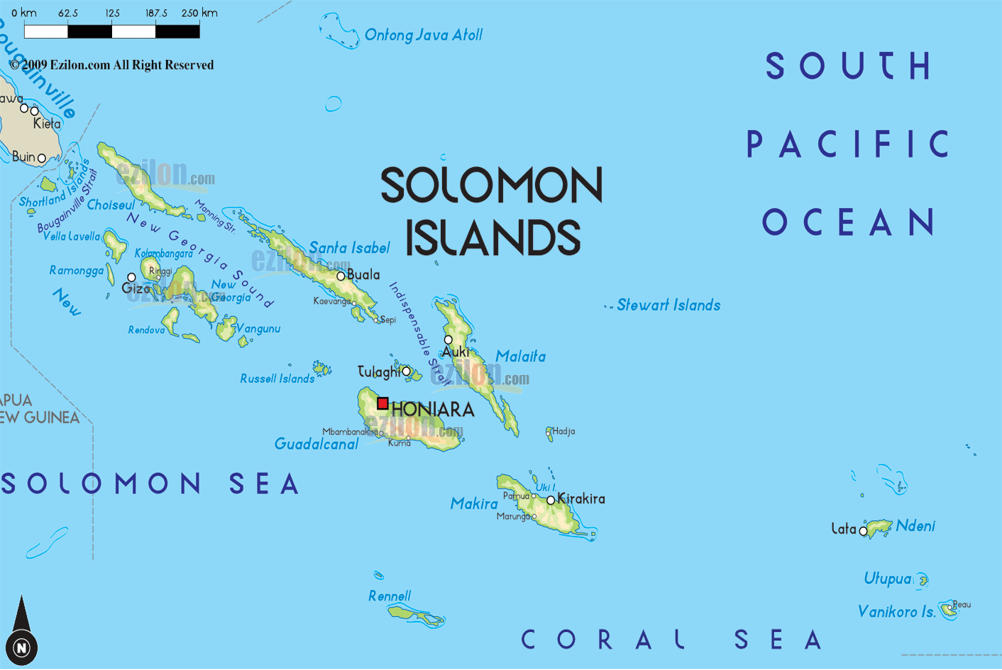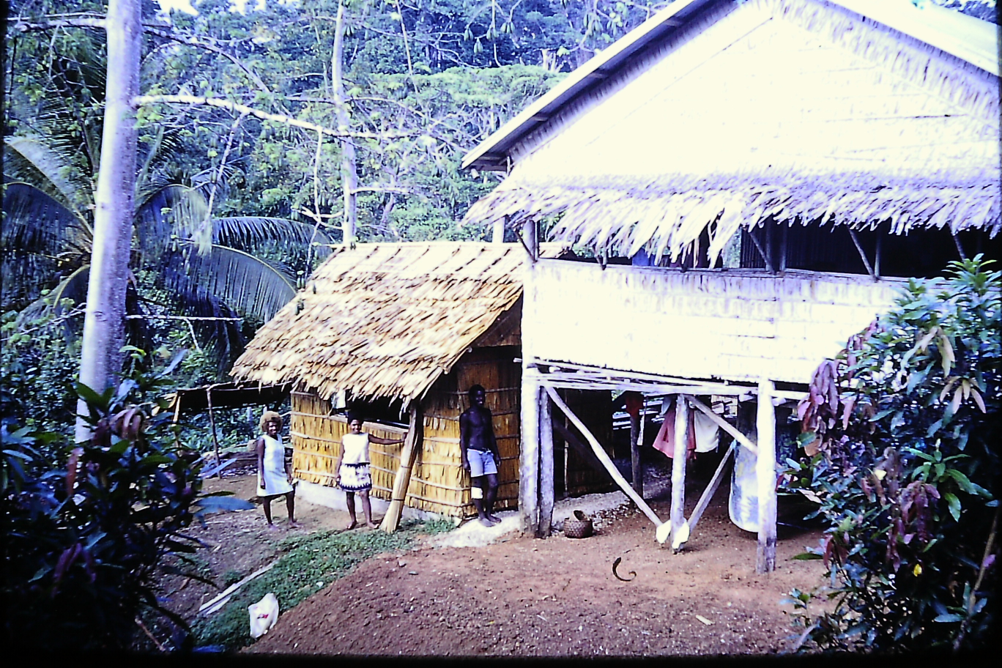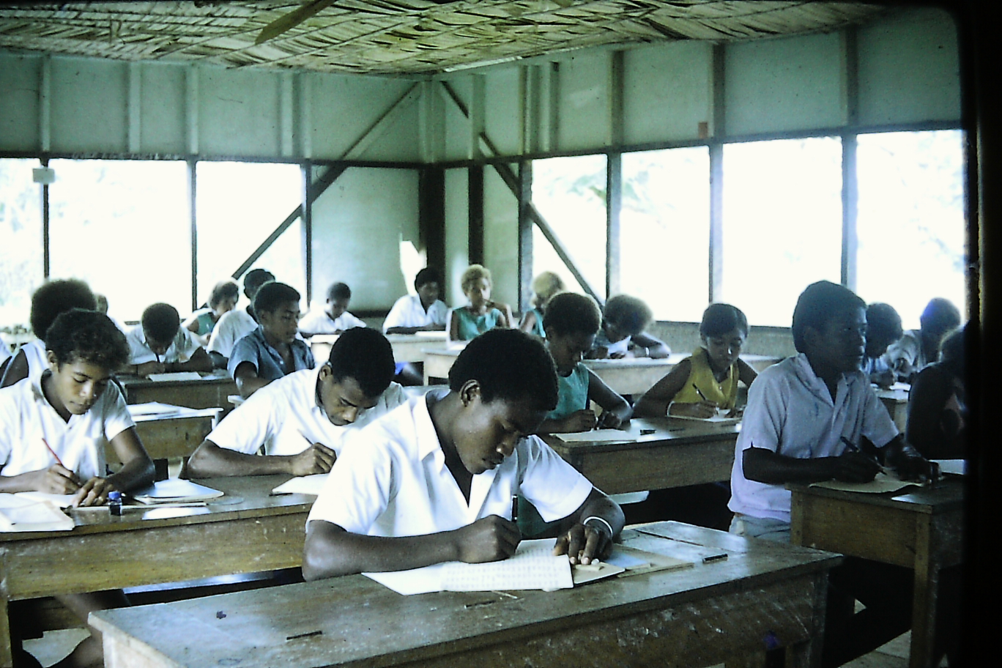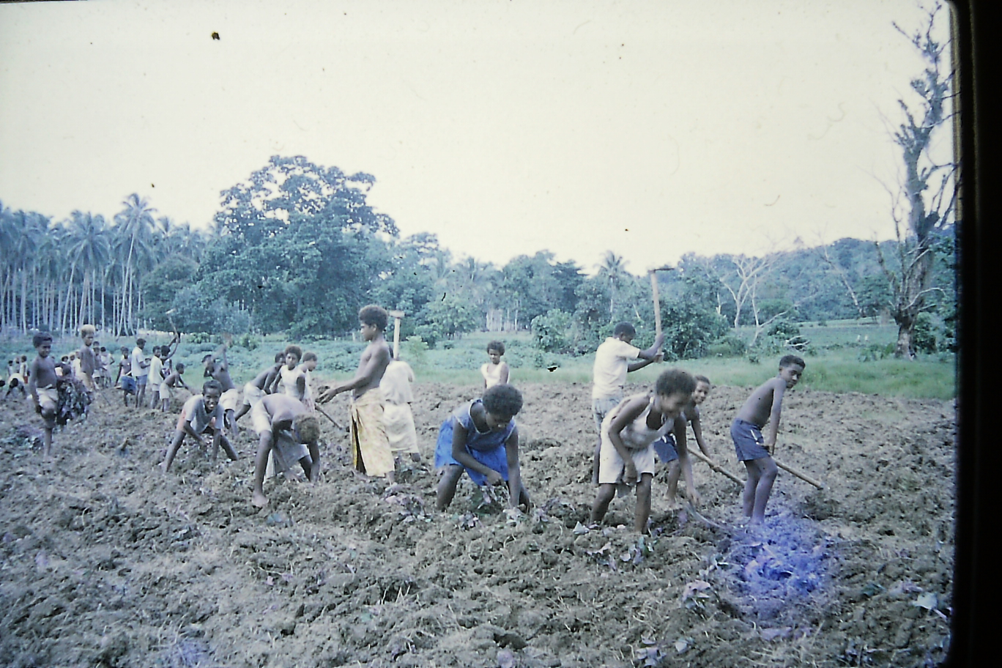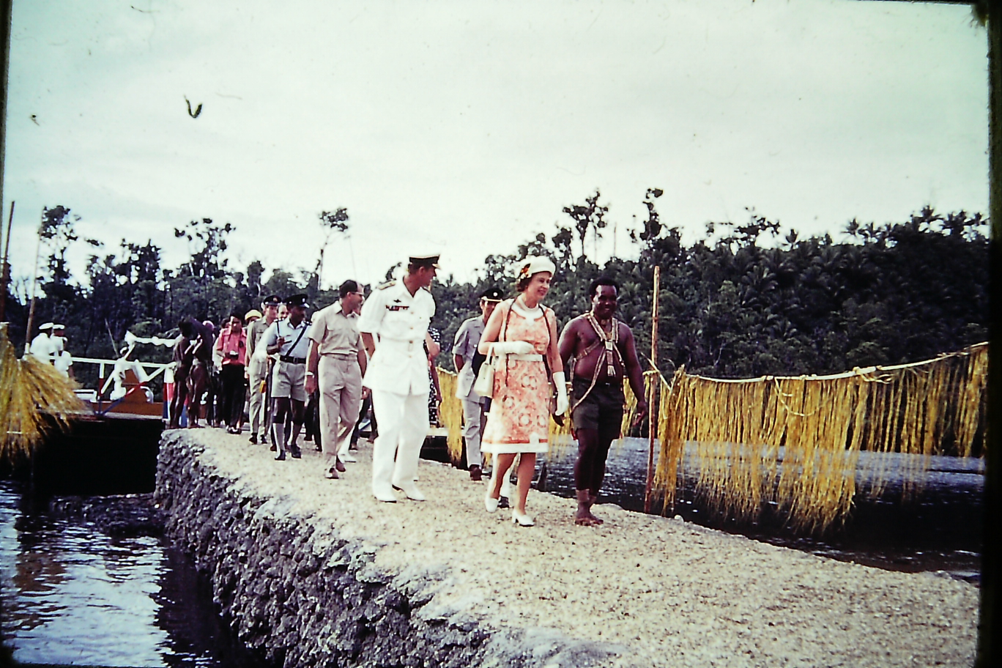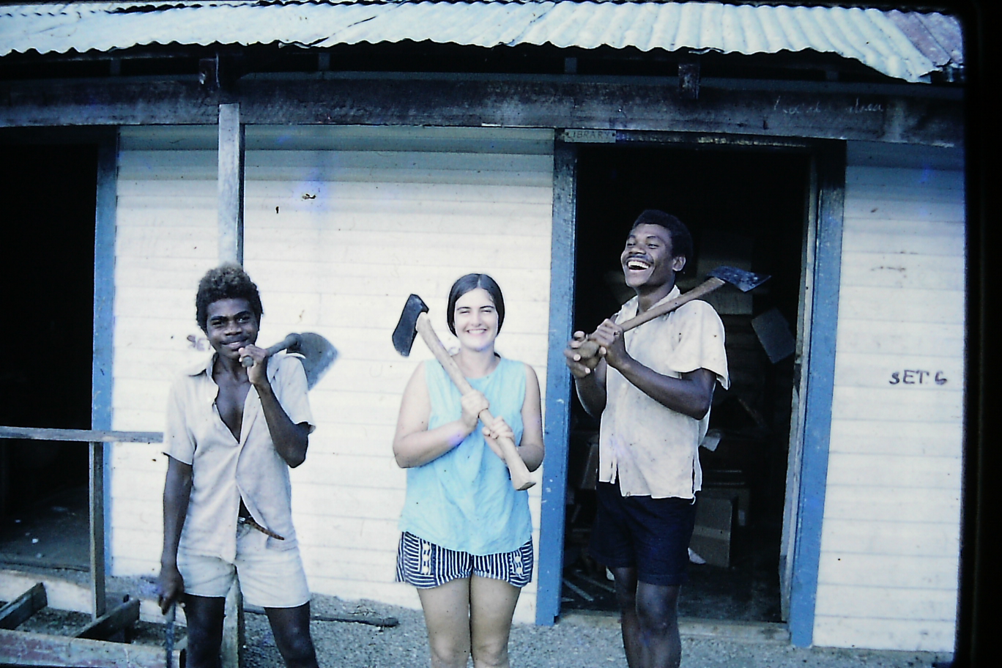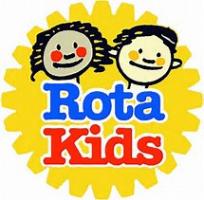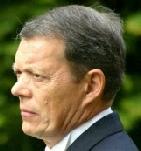Volunteering in the Solomon Islands
Thu, Jun 17th 2021 at 7:00 pm - 9:00 pm
Mary Bridge - Collyns will share her experience
17th June 2021 Zoom Meeting – Solomon Islands volunteer – Mary Bridge-Collyns
Mary explained that she always wanted to volunteer initially after 6th form, eventually going through selection process via the United Nations. In September 1972 she embarked on her journey to Heathrow and then flight to Honiara in The Solomon Islands, via Fiji with a two day stop over as flights to Solomon Island were only one a week. Flight continued via the New Hebrides now called Vanuatu.
The Solomons has 6 major island and 992 smaller island atolls and reefs many not inhabited The main islands are volcanic as are some smaller ones but there are lots of reef islands Pidgin English is commonly spoken all over the islands but there are lots of local languages on different islands and some of the larger islands have more than one language because of different tribes.
Her posting was to the small volcanic island of Ugi and she was sent to teach there for 2 years at All Hallows mixed boarding school. When she arrived in Honiara she almost got back on the next plane. The Transit house where she stayed was terrible, dirty and full of mosquitoes!
She was told she would have about 10 days to get together supplies such as food and mosquito nets, bedding, crockery, kerosene lamp and stove etc. to take out to the remote island of Ugi. In the event it turned out to be only 2 days, as a small supply boat (the Badley) was sailing for Ugi so she quickly equipped herself with basic supplies and also opened a bank account and an account with the only trading company who would send out food supplies when ordered. This would be mainly for tinned food. She boarded the boat early afternoon stopped at Taroaniara on another island which was the shipping headquarters en-route and arrived at Ugi Island the following afternoon after a horrendous sea voyage, holed up in a small crew cabin! She thought her end had come before she had even started!!
However she had a great greeting at school with headmaster and children waiting to greet her on the shore below the school, which was at the top of a hill overlooking the bay. Even though the boat was small it had to anchor beyond the reef and she had to get into a small rowing boat to land at a sort of stone wharf built by staff and children. The island had only rough tracks no cars but a tractor and a 3 wheeled Gnat! She was taken to her leaf house, to be her home for the following two years. In the evening they held a feast in her honour. The pupils loved having a feast and a hula. They all made lays to go round your neck from the frangipani flowers. These were very heady perfume which could make you feel light headed. An early learning lesson for Mary, as she relaxed on the beach listening to the sea rippling to the shore, but sat under a coconut palm and the children explaining that “you don’t sit under a Coconut palm, as a falling nut could kill you!”
Her leaf house was on stilts and at first was shared with another native teacher. There were 2 bedrooms divided by bamboo walls, a wooded floor which shook every time you walked on it and a main room with a table and chairs. The house did have electricity from the school generator for 2 hours each night. The house had a corrugated iron roof and a leaf ceiling which was disastrous as the loft space harboured snakes and rats. However the snakes ate the rats! Geckos climbed the walls and there were spiders, huge ones too. The kitchen was a separate small leaf building which you got to by walking a narrow plank. However after 8 months it was renewed and built on the ground. The toilet was a squat a little way from the house, as was the shower which was a pipe surrounded by a leaf wall.
The boarding school had about 180 to 200 children with Mary’s start coinciding with girls been added to the school. This was a Middle school but the classes consisted of children from of many ages. There were three year groups 5, 6 & 7; in year 7 the pupils took The Hicks test to see if they were academic enough to go to the senior school in Honiara the capital. This was fiercely prized. Ages in class could vary from 10, 11 up to 17, 18. The school day consisted of 6am start with children tidying their dorms and then chapel at 6.30, Breakfast and then school at 8, Lunch 12 or just after, then rest followed by assembly at 2pm. The evening meal was at 5pm followed by an hour of prep in classrooms.
The children were divided into sets to rotate weekly had various tasks: collecting firewood for cooking, collecting coconuts for copra, Cow boys (they had a small farm with about 15 cattle). Gardening in the school gardens for growing food to supplement their diet. At weekends the pupils had to fend for themselves from their bush gardens, other than the girls whose gardens were not properly established. They could also go diving for fish, sea shells & dig for bush crab.
The station/ school had contact with the outside world twice a day 7.30 am and 4 pm, by radio and they had to ensure the battery was always kept charged. Mary often managed the radio slot Link with other stations around the islands receiving Cyclone warnings & dealing with boats on supply matters.
When Mary arrived there was a New Zealand headmaster and his wife and small daughter, also 2 volunteers, however, within 2 and a half months both volunteers had gone and the headmaster went back to NZ. Following these departures Mary moved into the headmaster’s house, which was wooden with a bathroom! The office was there and she did the school accounts, paid the labourers from the coconut plantation and the nurse from the clinic besides her teaching role.
The highlight of her 2 years there was the visit in 1973 of the Queen, Prince Phillip and Princess Anne and new husband Mark Phillips. This was not to the school but a journey by ship of 8 hours two weeks prior to the visit to a designated location chosen so local people could be transported there. Mary took a group of girls and boys to dance for the Queen. Accommodation was in long leaf houses and conditions were like living in a refugee camp with only two water taps for over a 1000 people. Mary was also chosen to represent the Queen in the rehearsals for the big event.
Roy did the Vote of Thanks and suggested that he would always consider Mary a resourceful and brave individual to take on such a, project at such a young age, but picture her on a beach under a dangerous Coconut palm tree! He asked the members to join him in congratulating Mary on her very interesting and well illustrated presentation.
This was echoed by President Derek, then well supported with ‘visual applause’ AR
'What We Do' Main Pages:
If you like what we do as an organisation and are interested in volunteering with us, keeping up to date with our plans and future events then why not consider signing up as a friend of our Rotary Club
more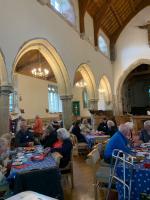
This is a monthly meeting open to visitors from Bingham, Radcliffe, Cotgrave and all villages in surrounding area.
moreThis committee are involved in planning now we can raise funds for our chosen charities
more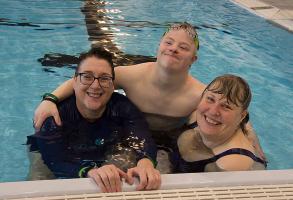
It's here that you can read what we've been up to in the last few months. For more information on our work in the local community, with our young people and internationally please access "what we do" section of this web site.
more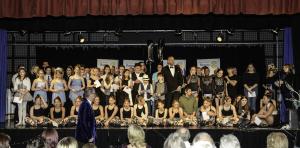
We have now successfully run this event for 10 years. Full reports of each year are available under this main page
moreOur International Committee is involved with Polio Plus - a Rotary initiative to eradicate Polio, World-wide; Sand dams; Aqua Boxes; Shelter Boxes; Collecting used spectacles, and many other projects
moreHere you can read about the many meetings we've had during our formation as a Rotary Club. The early years are a little short on detail...
more